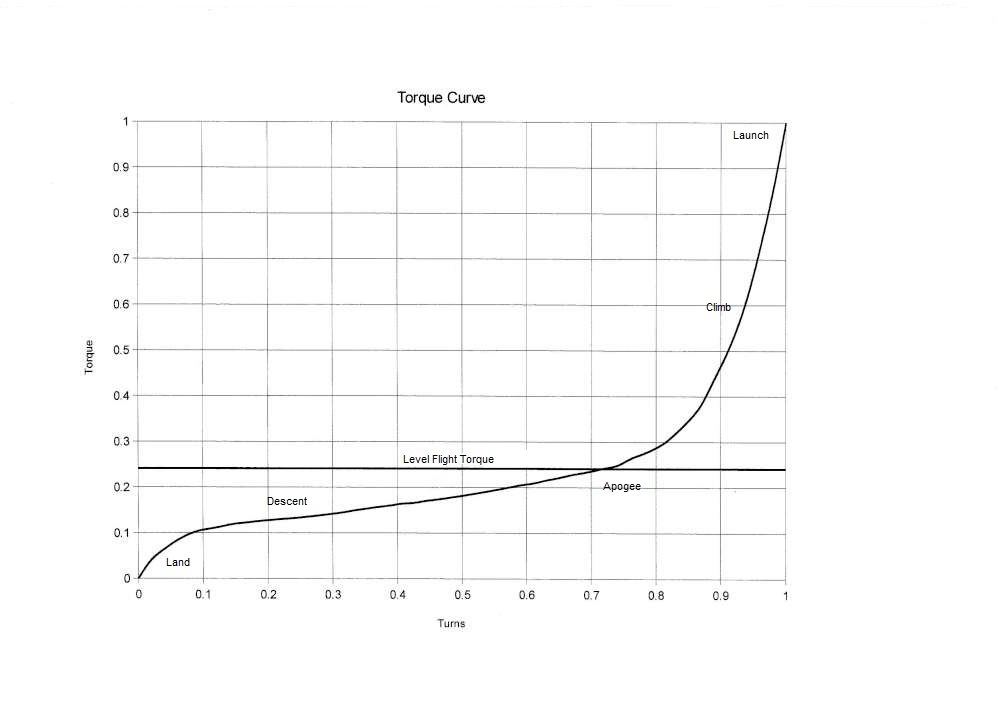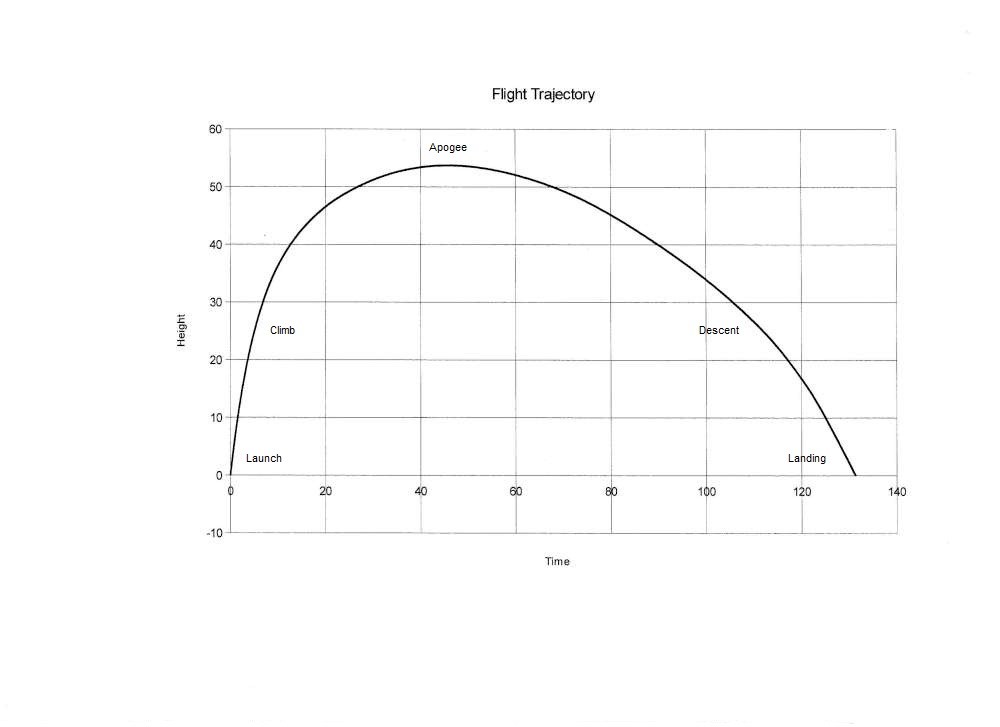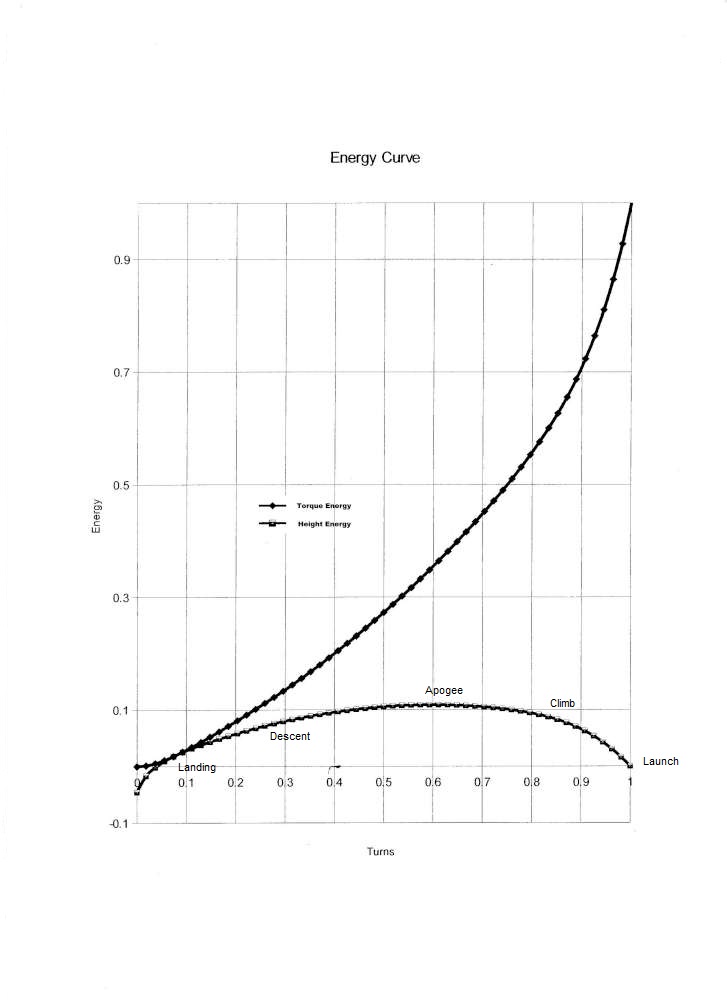The Energy of Flight
A rubber powered airplane is a study in energy. As you wind the rubber motor you are storing potential energy in the form of torque. Torque is a turning force which acts around an axis. When you release the airplane into flight, the motor turns the propeller, converting the torque potential energy into kinetic energy, the energy of motion. As the propeller turns, it pushes air backwards, another expression of kinetic energy. In turn, the air pushes forward on the propeller blades, producing thrust, the force that pushes the airplane through the air. That airplane motion is another form of kinetic energy. As the airplane moves through the air, the relative motion of the air over the wings produces lift, a force that acts perpendicular to the direction of motion and pulls the airplane up against gravity. Gravity pulls the airplane down with a force we know as weight. As the airplane moves forward through the air, it experiences a resisting force called drag. In steady, horizontal flight, weight, thrust, lift and drag are the four principal forces on the airplane. They act in pairs to balance each other, with lift pulling up against the downward force of weight and thrust pulling forward against the backwards resistance of drag.
In level flight, the motor and propeller are providing just enough torque and power to keep the airplane in the air.
But a rubber motor does not produce a constant torque. A rubber motor produces its maximum torque when fully wound. As it unwinds, the torque decreases, quickly at first, then more gradually. Eventually the motor unwinds completely and the torque drops to zero.
For maximum flight duration, you launch with the motor fully wound. When the torque from the motor is more than the torque required to fly level, the airplane will climb. The propeller is pointing upwards, so part of the lifting force comes from the propeller. When the torque from the motor is just enough for the plane to fly level, it has reached its maximum height, or apogee. When the torque from the motor is less than the torque required to fly level, the airplane will descend. The shape of the torque curve determines the shape of the flight trajectory.
At launch the torque is much greater than the level flight torque and the airplane will climb rapidly. As the airplane climbs, it is acquiring potential energy due to height. Some of the torque potential energy has been converted into height potential energy. As the torque approaches level flight torque, the climb will slow. When the torque of the motor is exactly equal to level flight torque, the airplane will stop climbing. It will fly horizontally for an instant in time before it starts to descend. It is at the apogee, the highest point in its flight. This is also the point of maximum height potential energy. As the motor torque goes below level flight torque, the airplane will descend, at first gradually, then more rapidly as the motor torque moves farther from level flight torque. In the descent, gravity is helping the propeller power the airplane by pulling it down an inclined path. The height potential energy is partly powering the plane. As the airplane descends, the torque and height potential energy decrease. Eventually the plane lands, the motor is completely unwound and both torque and height energy are zero.
The rubber motor is the source of the energy that drives your airplane. The amount of energy available from the rubber motor is directly related to its weight. How that energy is delivered to the propeller is determined by the shape of the rubber motor; its length and cross section. A short, thick motor will produce a lot of torque, but can take only a few turns. A long, thin motor can take many turns, but will produce less torque. The short thick motor will produce a rapid climb to high altitude, but it will run out of turns in the air and the plane will come down at its fastest. A long thin motor will not climb very high and may land with many turns left on the motor, not having used all its energy in flight. The motor that will keep your plane in the air the longest is somewhere in between. It will climb moderately high and will land with only a very few turns left on the motor.




Wow! Nice, complete, simple explanation not riddled with math! I’m 66, i’ve Been modeling seriously for 57 years, and I learned something! No! I learned a Lot! Thanks. Bill!
Well done this explains rubber powered model flight very well.